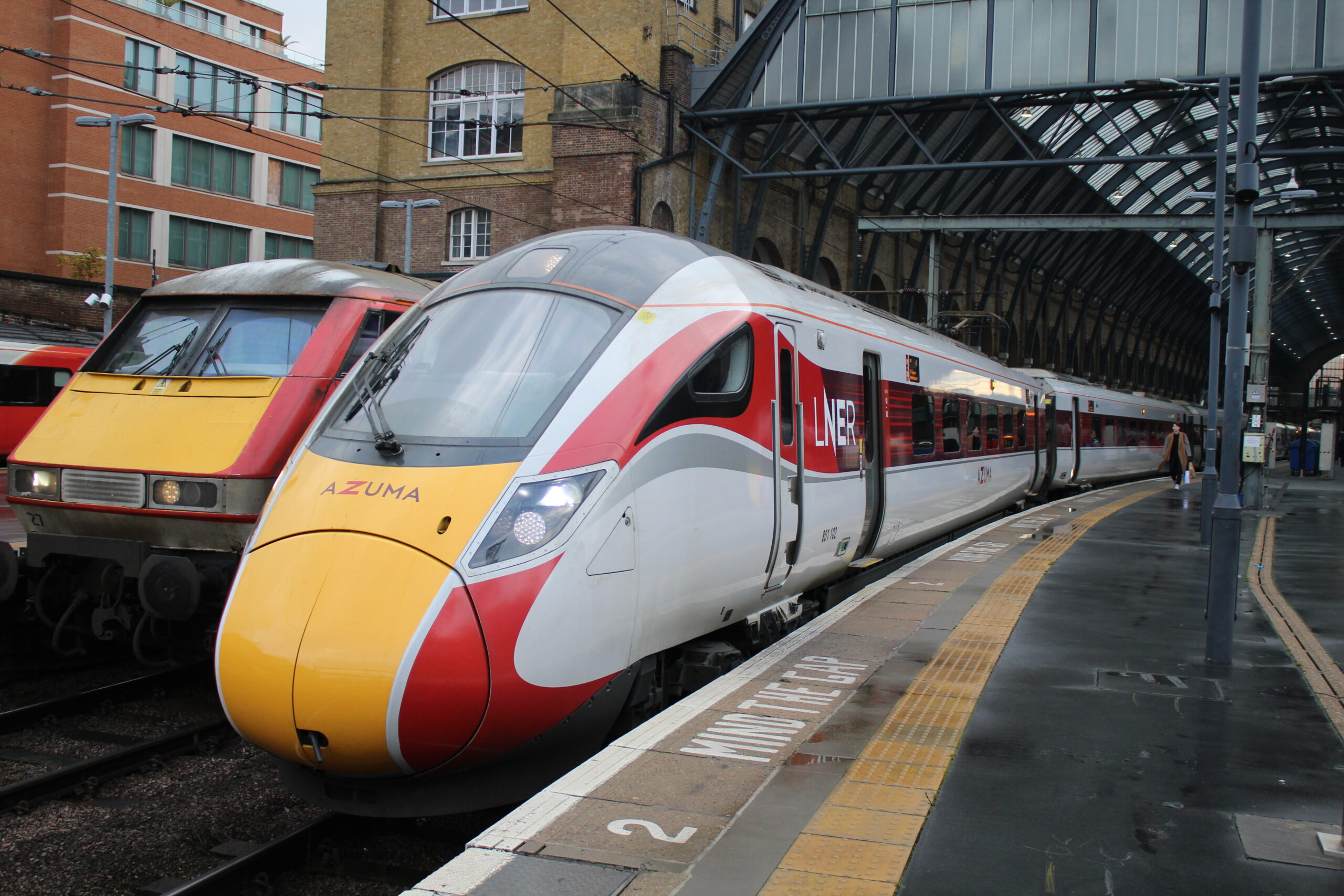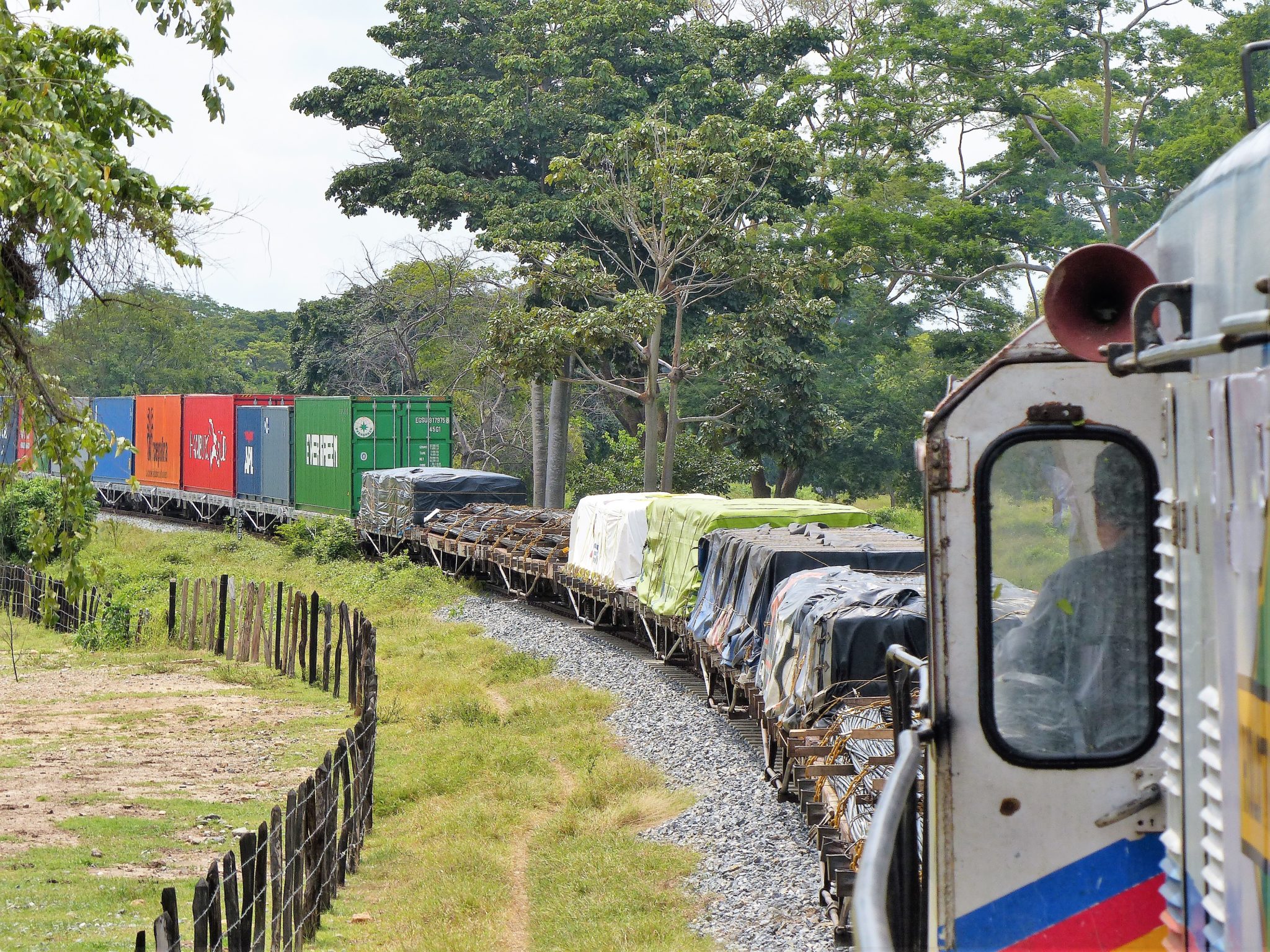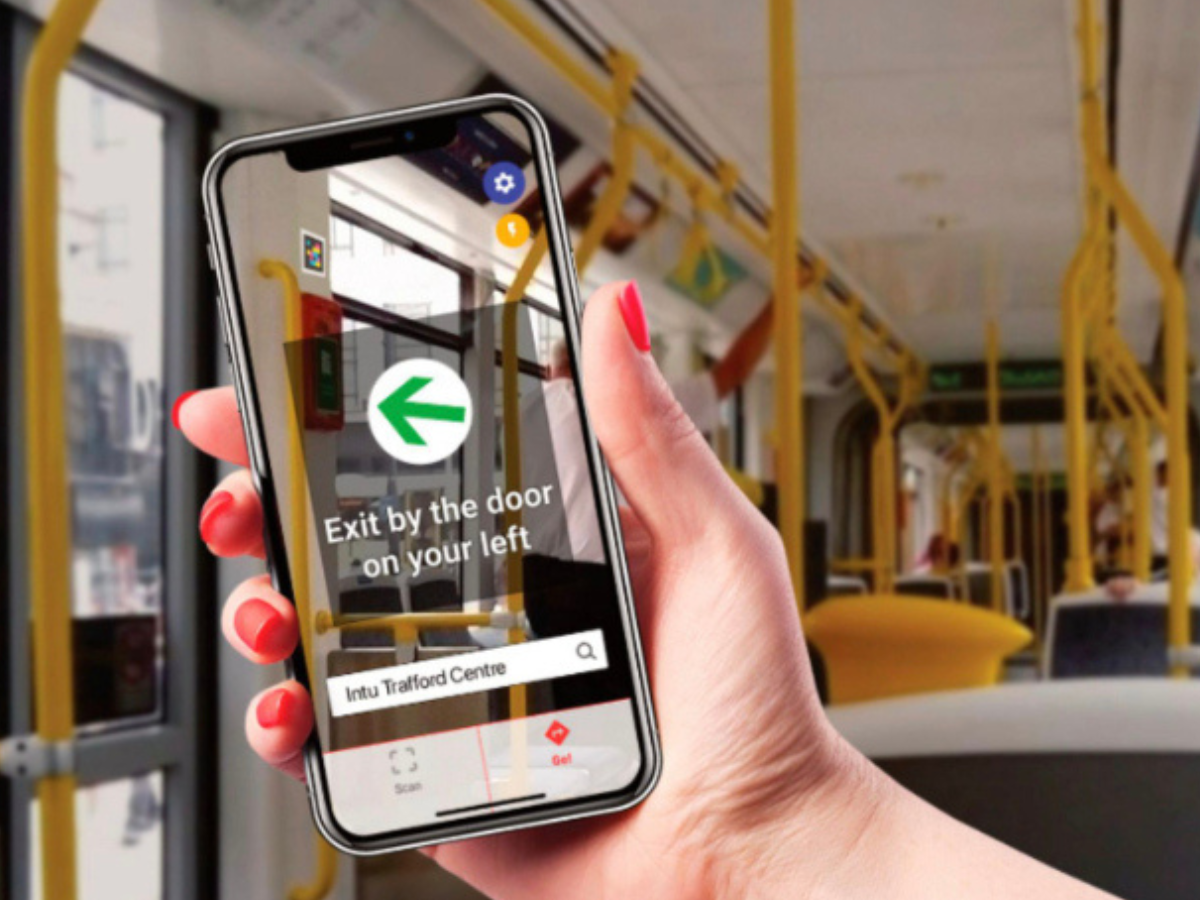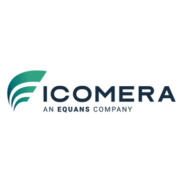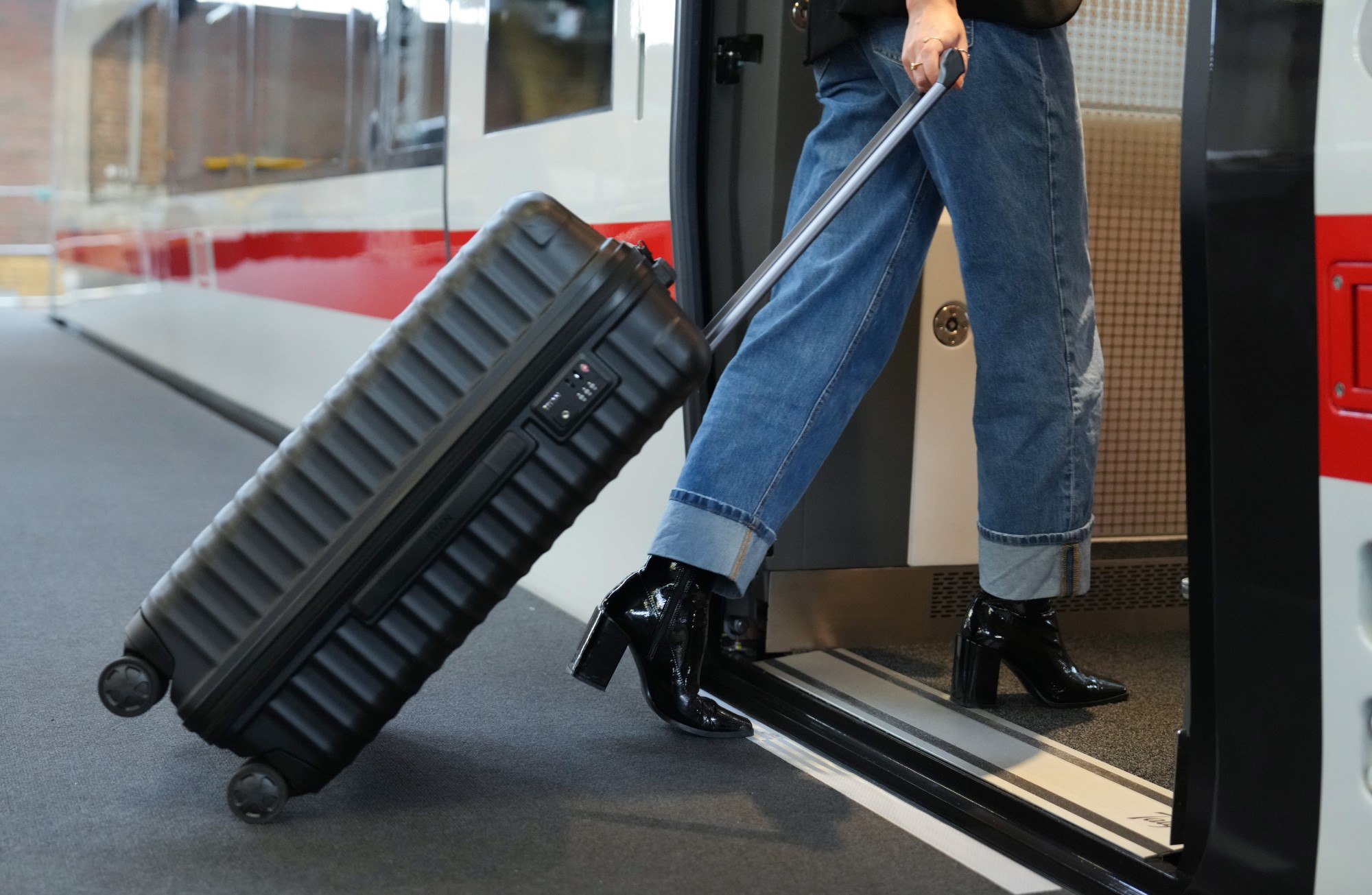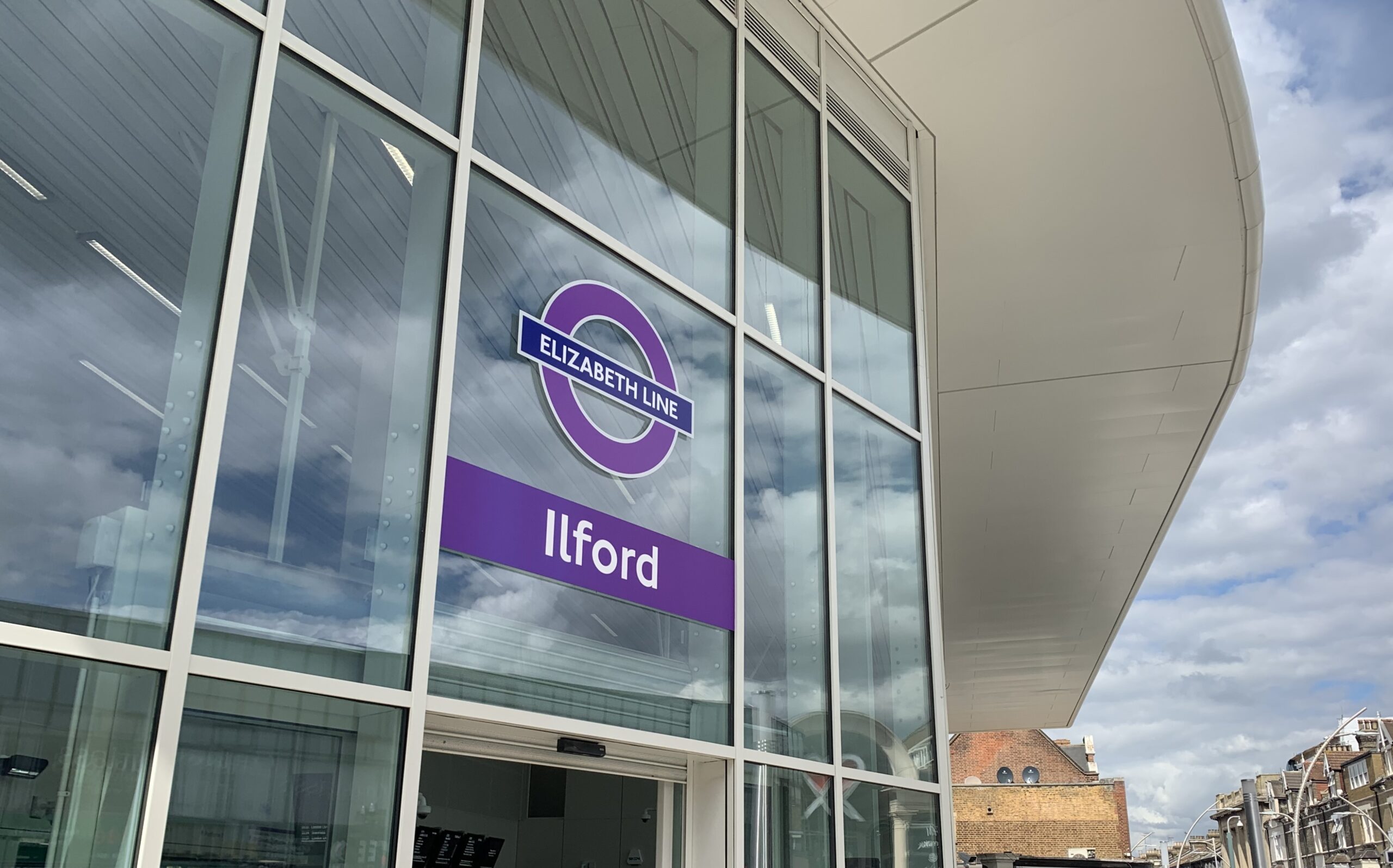A conversation with Icomera and its subsidiary, GoMedia, about Visor, their solution that enables the blind and visually impaired to navigate their way around transportation stations and rail platforms – independently, without the need for expensive, fixed infrastructure.
Accessibility – when we think of that word in terms of transport, we typically think of a wheelchair user, of someone who needs level boarding or ramps and who needs wheelchair-accessible platforms. But accessibility is a much bigger area in need of consideration.
Think for a moment you are visually impaired or blind. And you want to take the train to visit a friend. You manage to navigate your way to the station, but then what? Wayfinding must now be accessible.
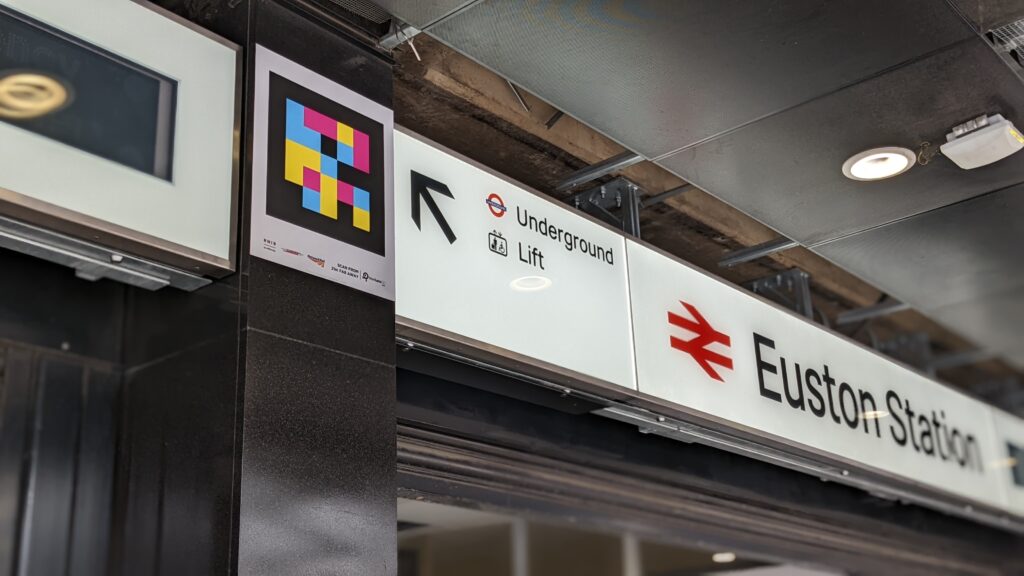
We spoke to Roger Matthews, Managing Director of GoMedia, Sven Koster, GoMedia Head of Business Development and Innovation, and Gabriel LopezBernal, President at Icomera US, at InnoTrans to learn about one of the tools being developed to help the visually impaired navigate their way around stations.
Josephine Cordero Sapién (JCS), Railway-News: You have a product called Visor, which helps the blind and visually impaired navigate through stations. Visor uses these colourful ‘BIDI’ codes that users scan with their smartphones to access pertinent information. Can you tell us a little bit more about how these codes were developed and how they work?
Roger Matthews (RM), GoMedia: The codes were developed by NaviLens and we’re bringing those codes to life. Unlike conventional QR codes, these NaviLens codes are coloured to increase the number of combinations that they can have.
Sven Koster (SK), GoMedia: The colour also helps with the angles and to identify the distance between the code and the scanning device. The colour also allows the code to be picked up much faster. QR codes were developed 30 years ago. They don’t allow you to give multidirectional feedback. And a user needs to focus on them. A QR code won’t work when you move around because the device won’t focus.
JCS: So they look like QR codes but they’re actually more clever?
RM: Yes, exactly.
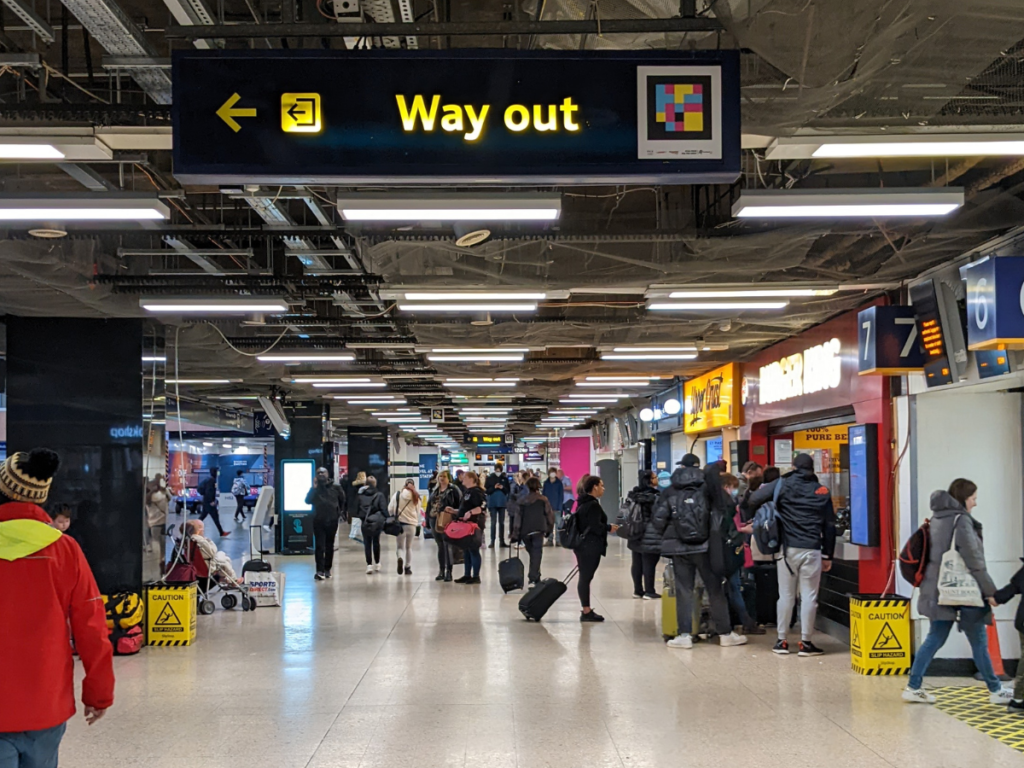
JCS: You have been testing Visor using NaviLens codes with Network Rail at London Euston, is that right?
SK: Yes. Last year we conducted a trial with the Department for Transport and Network Rail, as well as the Royal National Institute of Blind People at Euston station.
We did a trial environment going from the taxi rank, the buses, the London Underground, going to the different platforms – platforms one and eight – to prove all the possible scenarios. You arrive at the station. How do you get to the right platform? How do you find facilities, such as the toilets? If you come by train, how do you make your onward journey? How do you get to another platform? How do you get automotive transport?
JCS: To roll out this solution it will always need some hardware, namely the codes? It cannot be fully digital?
SK: That’s right. The operator will have to put the code they need in the station environment, in the form of a sticker, that’s it.
JCS: If the information changes, say there’s a platform change, does the information change?
RM: The team at GoMedia links the codes to real-time passenger information, consistent with the operator’s API. If a train is cancelled or the platform changes, then as soon as we get that information, we update it. We don’t need to change the code. If a lift, for instance, is out of order, we or the operator can say, ‘this lift is out of order’. And we will already have another route for the passenger to go to a different lift to get down to the same platform.
JCS: Once a code has been picked up, my phone would be set up so that it speaks to me?
SK: Yes, it has the voice-over support using the phone’s system settings. It will use the settings that you’re used to as a person who uses the accessibility options on your phone.
JCS: Do these codes have to be located relatively high up for them to be captured?
SK: Normally they’re located exactly where the navigation sign is – how you and I would navigate around the environment, thinking, ‘okay, where do I need to go next?’ Someone using these codes would normally have a lanyard and have their phone hanging in there. And then that person would use some earphones to navigate around. The RNIB (Royal National Institute of Blind People) is also working with some suppliers to design a glasses version as well. Like the Google Glass idea, but just for the camera.
JCS: You vary the size of the codes depending on where you expect people to pick the code up?
SK: Yes. The smallest code is for the shortest distance, the biggest for the furthest distance. You can give different information dependent on the angle as well. You can consider where someone is coming from. If someone is approaching the code from the left, for example, the message could be that the ticket machines are on the right. If the person approaches from a different direction, the response might be that the ticket machines are straight ahead.
RM: We’ve told the station operator – in this case – where to put each code and that’s how we know exactly what the angles are, or the app knows exactly what the angles are and where someone’s positioned within the station.
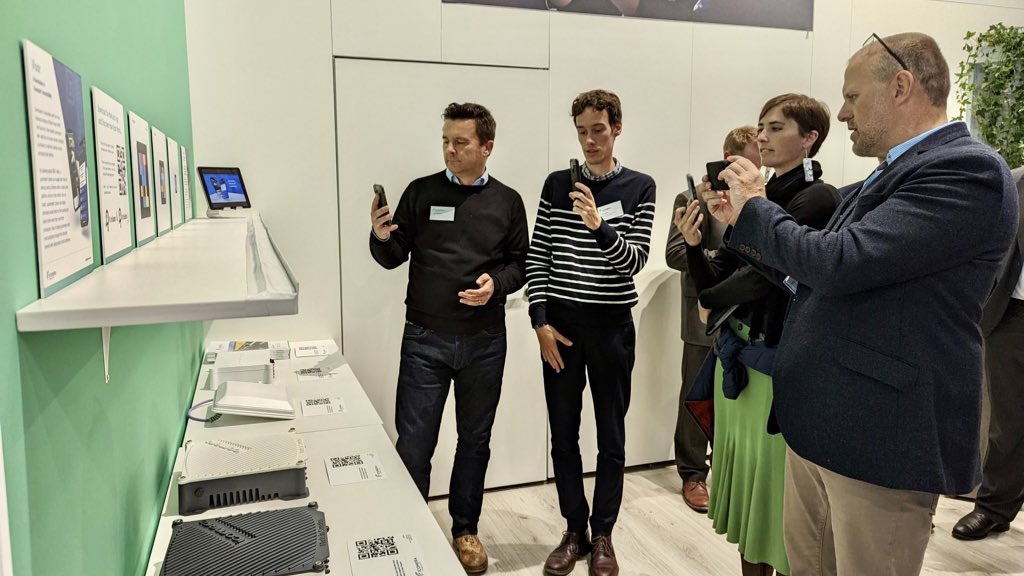
JCS: Did you have to do a lot of user testing to work out where to place the codes?
RM: We’ve done user testing of course, but actually when we use our phones, we can just move them around a bit and they will pick up the codes.
JCS: But presumably there’s a little bit of setup? When you go to a new station, you have to figure out where the best spots are.
RM: Yes, we do all that. We have best practice to do it. We work with the RNIB in order to say which ones are the best types of routes, where should we be putting the codes and so on. We can go out to do it, but we can also provide documentation for operators or stations to do it as well. We’d then want to audit the first few that they did but after that they could go on and do it themselves.
Ultimately, the best way for the codes to be rolled out is for the operator to do it because they’ve already got the civils and everything else they need. They’ve got the steel-toed boots, the ladders, all those things. At Euston we partnered with an installer to put up the stickers. It’s a partnership approach we’re taking.
JCS: Presumably this technology helps everyone. I could use it even if I can see.
RM: Yes, absolutely. If you’re not familiar with a station, if you’re a tourist for example, it would help you. We’re talking to some overseas operators where the language is very different to a European one – a language where you can’t guess.
Our parent company is EQUANS. And we had some of their executives over and they had their phones set to French. We demoed the codes and they immediately displayed the information in French. It’s a really good system, not just for the visually impaired.
Gabriel Lopez-Bernal, Icomera: In North America we’ve been speaking to agencies operating in very cosmopolitan, international cities. These agencies are now in the beginning stages of exploring trials with us on Visor. They see it as something that’s going to help not only improve accessibility, but also how international travellers access their transit system.
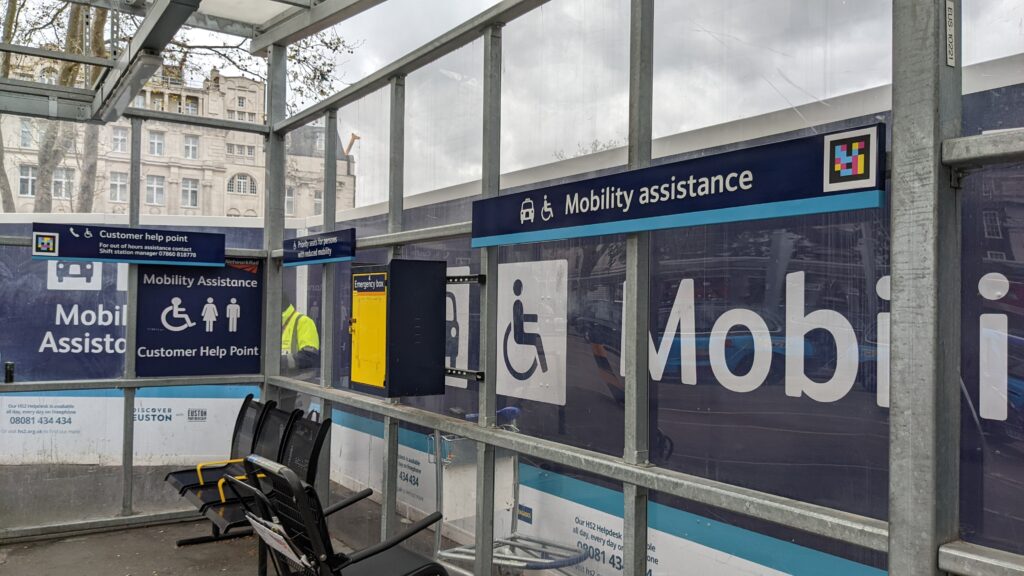
JCS: I think this is interesting just generally from an indoor mapping perspective. We’ve become so used to navigating with our phones rather than looking in the environment.
RM: Exactly. We’re in the huge exhibition grounds of Messe Berlin here and walking around these halls is a wayfinding nightmare. There aren’t that many signs telling you where to go. If I had the codes at every junction, it would tell me where to go.
JCS: I like the scalability. If it’s widely taken up by the public, it will get more support, more funding. That will bring everyone along.
RM: Yes. That’s why we didn’t go off and develop our own solution. We wanted to work with the RNIB because they’re not just looking at transport, they’re looking at the much wider environment.
These codes are on Kellogg’s packaging they’re on shampoo. So the blind and visually impaired can hold their phone up at a product and get information, like nutritional information on a box of cereal.
The codes are familiar. But as a result, we need the industry to adopt this one solution. It’s pointless for each operator to have a different solution. We believe in this solution because it’s low-tech in the station but high-tech on the device and it’s already in the right format in which the user wants it because it uses the handset and the settings on the user’s handset. And it also travels really well because it’s the same requirements everywhere.
JCS: What’s the data requirement that’s needed? Just a functioning data connection or Wi-Fi connection?
SK: Yes. And we have solutions in places where there might be no connectivity, such as in a station. As long as you had some prior connectivity, it would still work.
This article was originally published in the Railway-News Magazine Issue 4 2022, Data & Monitoring Edition.

















